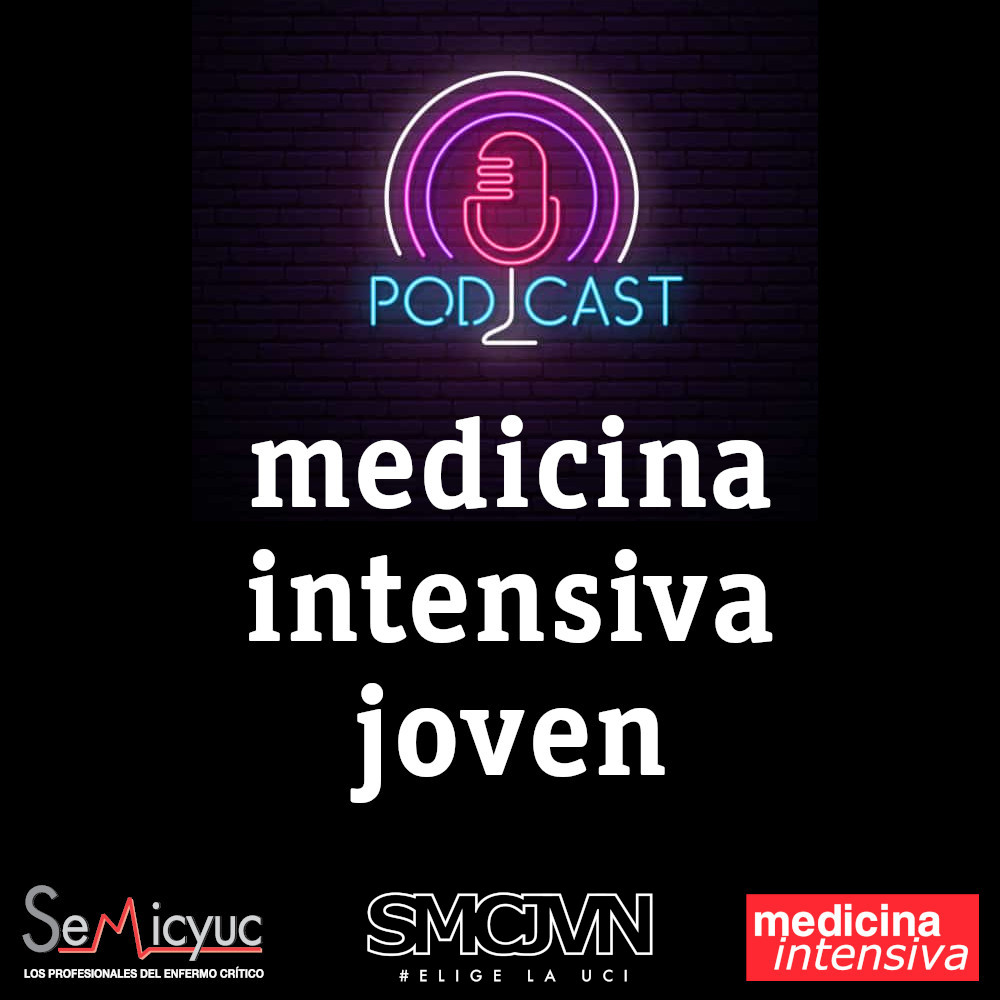We have read with great interest the recently published study on the application of Mechanical Insufflation-Exsufflation (MI-E) in tracheostomized patients with long-term mechanical ventilation during the weaning process.1 In the pilot study, the authors evaluate the feasibility of the MI-E device and its impact on weaning success rates. This fills a gap in the application of the MI-E device in critical care and provides preliminary clinical evidence for expanding its applications, offering important insights for its future development. Based on this, we propose several feasible suggestions for future research.
We note that the “conventional chest physiotherapy” in the control group, a common clinical intervention, lacks specific procedural details in the study, such as the pressure for manual over-inflation and the frequency of thoracic compression. Differences in therapists' skills and experience may affect the results.2 Clarifying these details is crucial for ensuring treatment consistency and reducing experimental bias. Future studies should specify and standardize these procedures to enhance the accuracy and persuasiveness of the findings.
The study’s outcomes provide specific criteria for weaning success but overlook long-term patient prognosis post-tracheostomy, such as reintubation rates and recovery of respiratory function. Including these metrics, along with ICU length of stay, healthcare costs, and patient comfort, would offer a more holistic assessment of the MI-E device’s clinical effectiveness. This comprehensive approach would better evaluate the device’s benefits and its position in clinical practice.
Long-term outcomes and real-world metrics are crucial for fully capturing treatment effects. They offer a more comprehensive and clinically relevant view of how treatment impacts patients, making research conclusions more practical and applicable. Extending patient follow-up to six months or a year, and adding patient-reported outcomes like dyspnea scores, would allow for a more in-depth assessment of the MI-E device's impact on long-term survival. This approach would provide richer, more valuable insights for clinical practice.
The study overlooks patients' psychological statuses, which are crucial in weaning from mechanical ventilation. Depression and anxiety, common in such patients, can disrupt breathing patterns and increase weaning complexity. For instance, anxiety may cause hyperventilation or patient-ventilator dyssynchrony,3 while depression can reduce participation in rehabilitation.4 However, the study neither assesses baseline psychological states nor monitors or intervenes during weaning. Evaluating these factors is essential for a comprehensive analysis of weaning outcomes. Future research should incorporate psychological assessments and interventions to enhance the comprehensiveness and credibility of study results.
Netto et al.'s1 study pioneers the use of the MI-E device in weaning tracheostomized patients from prolonged mechanical ventilation, offering preliminary clinical evidence for its critical care application. While their work is highly valued, there's room for methodological refinement in future studies. These refinements include detailing the control group's treatment, assessing long-term patient survival, and evaluating psychological status. Future research would benefit from defining the control group's treatment, extending follow-up periods, and exploring how psychological factors impact weaning. These suggestions are intended to aid in the design and optimization of future research.
CRediT authorship contribution statementAll authors have contributed to this manuscript and have given their approval.
Declaration of Generative AI and AI-assisted technologies in the writing processDuring the preparation of this work, the authors did not use any generative AI or AI - assisted technologies. The entire content was written, reviewed, and edited solely by the authors, who take full responsibility for the content of the publication.
FundingNone declared.
None declared.




